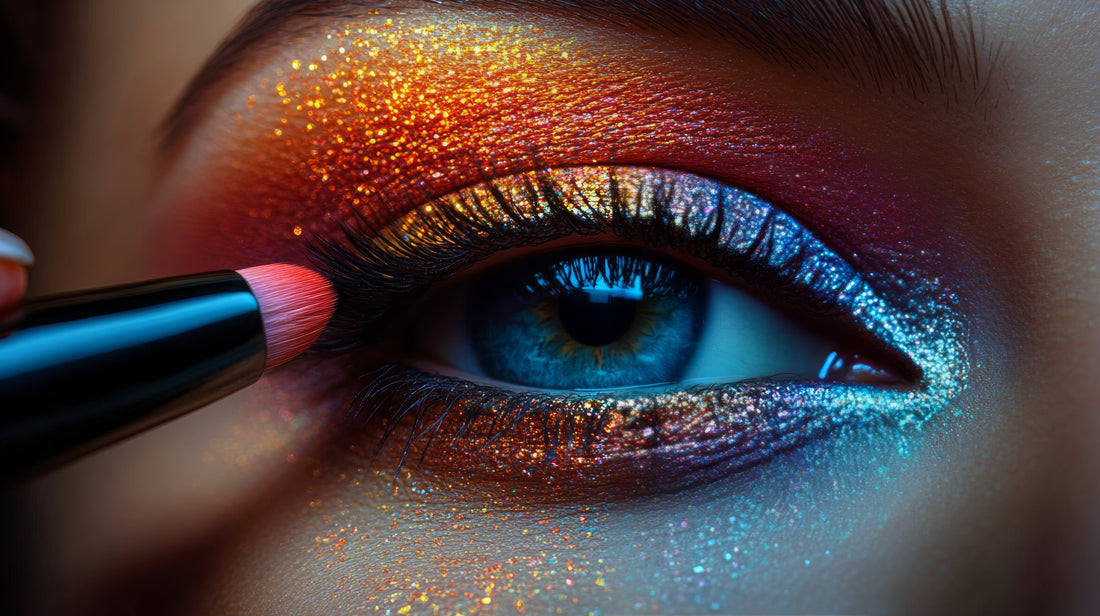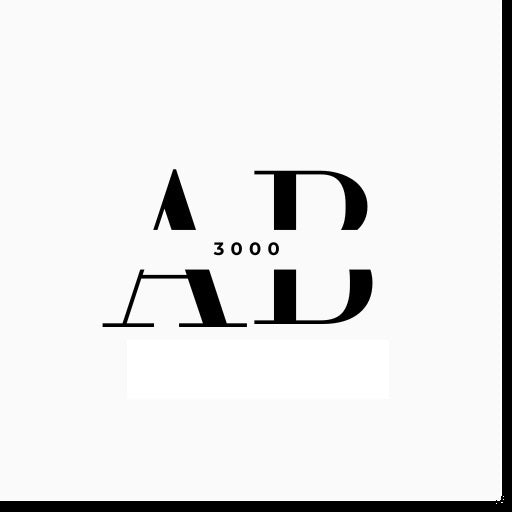
Hooded Eyes: Causes, Effects, and Solutions
Share
What Are Hooded Eyes?
Hooded eyes are a common sign of aging that many people notice as they get older. While this natural process is often inevitable, it doesn’t mean you have to simply accept it. Understanding why hooded eyes occur and what you can do about them can help you maintain a more youthful, vibrant appearance. In this comprehensive guide, we’ll delve into the causes of hooded eyes, how to address them effectively, and the best skincare and makeup strategies for enhancing the eyes and eyelids.
Hooded eyes refer to a condition where the skin of the upper eyelid hangs down and partially covers the natural crease of the eyelid. This gives the eyes a "hooded" appearance, making them look smaller and sometimes more tired. While some people are born with hooded eyes, the condition tends to become more pronounced as we age due to a variety of factors.
The changes associated with hooded eyes are often subtle at first but can gradually become more noticeable over time. The good news is that there are many ways to manage and reduce the appearance of hooded eyes, ranging from skincare treatments to cosmetic surgery.
Why Do We Get Hooded Eyes as We Age?
As we age, several natural processes contribute to the development of hooded eyes. Understanding the science behind these changes can help you target the issue more effectively.
Loss of Skin Elasticity
One of the primary reasons we develop hooded eyes is due to the natural loss of skin elasticity that occurs with aging. As we age, our skin loses collagen and elastin, the two proteins responsible for maintaining skin firmness and tightness. This causes the skin around the eyes, including the upper eyelids, to sag and fold over the crease, creating a "hooded" look.
Weakened Muscles and Tissue Around the Eyes
The muscles and connective tissues around the eyes weaken with age, further contributing to the drooping of the eyelids. The orbicularis oculi muscle, which controls the movement of the eyelid, can lose its strength, leading to more visible sagging. Additionally, the fat pads behind the eyes, which provide volume and structure, may shift or thin over time, exacerbating the appearance of hooded eyes.
Sun Damage and Environmental Factors
Sun exposure is another major factor that accelerates the aging process and contributes to hooded eyes. UV rays break down collagen and elastin fibers, making the skin around the eyes more prone to sagging and fine lines. Environmental pollutants and free radicals also damage the skin’s structure, leading to accelerated skin aging and drooping eyelids.
Genetics
While aging plays a significant role in the development of hooded eyes, genetics also have a say. Some individuals are genetically predisposed to have more prominent hooded eyes, even at a younger age. If your parents or grandparents had hooded eyelids, there’s a higher chance you might experience them as well.
Common Causes of Hooded Eyes
While aging is the most common cause of hooded eyes, there are several other factors that may contribute to the condition:
1. Gravity: Over time, gravity pulls on the skin, causing it to sag, particularly around the delicate areas like the eyes.
2. Allergies and Inflammation: Allergies can lead to inflammation and puffiness around the eyes, which, if persistent, may contribute to the development of hooded eyes.
3. Sleep Deprivation: Chronic lack of sleep can result in sagging skin and dark circles, which makes hooded eyes appear more prominent.
4. Poor Diet and Hydration: A lack of essential nutrients and hydration can lead to skin that is less resilient and more prone to sagging. Dehydrated skin also loses its plumpness, contributing to the appearance of hooded eyes.
5. Smoking: Smoking accelerates the aging process by damaging the skin and reducing blood flow to the delicate eye area. It also decreases collagen production, which can worsen sagging eyelids.
Effective Ways to Address Hooded Eyes
There are several ways to combat hooded eyes, ranging from non-invasive treatments to more permanent solutions. The key is to start early, maintain a good skincare routine, and choose the right methods based on your preferences and needs.
1. Eye-Specific Skincare
Anti-Aging Eye Creams and Serums
One of the most effective ways to address hooded eyes is by using targeted skincare products that promote firming, hydration, and collagen production. Look for eye creams and serums that contain ingredients like retinol, peptides, vitamin C, hyaluronic acid, and caffeine. These ingredients help stimulate collagen production, tighten the skin, and reduce puffiness around the eyes.
Retinol, a powerful anti-aging ingredient, helps promote skin renewal and strengthens the delicate skin around the eyes. Vitamin C brightens dark circles and fights free radical damage, while peptides help to repair and firm the skin, reducing the appearance of sagging.
Check out Eye Creams on AgelessBeauty3000.com
Hydrating Eye Masks and Patches
Hydrating eye masks or patches can help rejuvenate tired, puffy eyes and improve the overall appearance of your eyelids. Look for masks infused with hyaluronic acid, ginseng, or aloe vera, which provide a moisture boost and smooth out fine lines. Regular use of these masks can reduce the appearance of sagging and puffiness, making the eyes look more refreshed and lifted.
2. Facial Exercises for Hooded Eyes
Regular facial exercises can help tone and strengthen the muscles around the eyes, combating sagging and drooping. There are several exercises you can do to target the upper eyelids and improve the appearance of hooded eyes:
- Eyebrow lifts: Place your fingers on your eyebrows and gently pull upward. While holding your eyebrows in place, raise your eyes as high as possible and hold for 10-15 seconds. Repeat this exercise for 3 sets.
- Eye socket massage: Gently massage the area around your eyes with your fingertips to stimulate circulation and promote skin elasticity. Focus on the brow bone and under the eyes.
- Eyelid lifts: Close your eyes and place your index fingers on your eyelids. Gently lift the eyelids while resisting the movement with your fingers, holding for 10 seconds.
These exercises, when done consistently, can help reduce the appearance of hooded eyes by toning the muscles around the eyes and increasing circulation.
3. Makeup Techniques for Hooded Eyes
Makeup is a fantastic way to enhance the eyes and create the illusion of a more lifted, open look. The right techniques can make a significant difference in how hooded eyes appear. Here are some makeup tips to brighten and lift the eyes:
Create a Defined Crease
Apply a soft, neutral eyeshadow slightly above your natural crease to create the illusion of a more prominent eyelid. Focus on matte shades to avoid adding unnecessary shine that could draw attention to the hooded area.
Use Liquid Eyeliner
Instead of using pencil eyeliner on your waterline, which can make the eyes look smaller, try using liquid eyeliner along your upper lash line. A thin, sharp line will help lift the eyes and make them appear larger and more awake.
Highlight the Inner Corners
Applying a light shimmer or highlighter to the inner corners of your eyes can brighten the area and create the illusion of more open eyes. This simple trick can make a big difference in the appearance of hooded eyes.
Curl Your Lashes
Using an eyelash curler can help lift the lashes and open the eyes. Be sure to use a high-quality curler and mascara that adds volume and length, which can make the eyes appear larger and more lifted.
4. Non-Surgical Treatments
For those seeking a more permanent solution, there are several non-invasive treatments that can help reduce the appearance of hooded eyes:
Botox or Dysport Injections
Botox and Dysport are injectable treatments that can temporarily paralyze the muscles around the eyes, preventing them from pulling down the upper eyelid. This can provide a non-surgical lift to the eyes, making them appear more youthful and open.
Ultherapy
Ultherapy uses ultrasound technology to stimulate collagen production and tighten the skin around the eyes. This non-invasive procedure is effective for lifting the eyelids and reducing the appearance of sagging without the need for surgery.
5. Surgical Options for Hooded Eyes
For more permanent results, eyelid surgery, or blepharoplasty, is a highly effective solution. This surgical procedure involves the removal of excess skin and fat from the upper eyelids, which helps eliminate the hooded appearance. Blepharoplasty can provide dramatic, long-lasting results, giving the eyes a more youthful and lifted look.
Conclusion: Embrace Youthful Eyes
Hooded eyes are a natural part of aging, but that doesn’t mean you have to simply accept them. With the right approach, you can reduce their appearance and restore a youthful, vibrant look. Whether through skincare, makeup, non-surgical treatments, or surgery, there are plenty of options available to help lift and rejuvenate your eyes. By maintaining a healthy skincare routine, practicing facial exercises, and using the right makeup techniques, you can keep your eyes looking fresh, youthful, and bright for years to come.
Remember, every face is unique, and it’s important to choose the methods that work best for your needs and lifestyle. With the right care and attention, you can tackle hooded eyes and embrace a more youthful, glowing appearance!
Check out Eye Creams on AgelessBeauty3000.com
